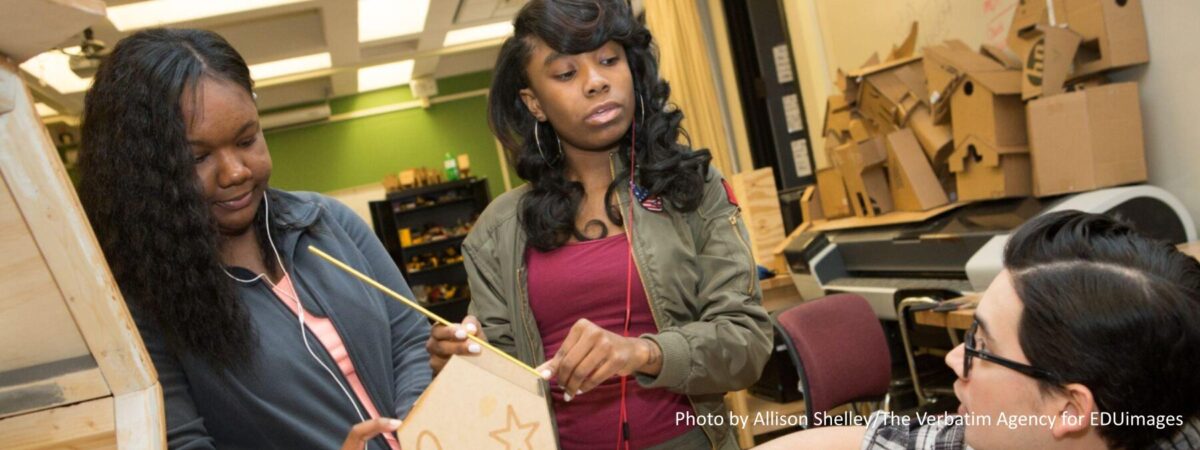Imagine stepping into a vast, invisible maze where each decision involves rotating, flipping, and twisting pathways in your mind. This isn’t just a puzzle—it’s a crucial skill known as mental rotation (MR), and it’s more important for our students’ futures than you might think.
Spatial skills—the ability to visualize, manipulate, and reason about objects and their spatial relationships—are critical for success in many STEM fields, including chemistry, engineering, and aviation. MR helps learners develop spatial skills by enabling them to mentally transform objects in two- or three-dimensional space.
This ability to visualize spatial relationships and mentally rotate objects is a key component of broader spatial reasoning abilities, which are essential for tasks like interpreting complex diagrams, visualizing scientific concepts, and designing innovative products. By strengthening MR skills through targeted instruction and practice, students can build a strong foundation for excelling in STEM disciplines that rely heavily on spatial thinking.
Recognizing the importance of MR, the National Assessment of Educational Progress (NAEP) included a MR task in their 2017 nationwide assessment for eighth graders. In this task, students were asked to figure out how to perfectly line up one triangle with another by turning it around a fixed point. Researcher Xin Wei and her collaborators delved into the data collected by the NAEP, uncovering fascinating insights about how students approach these spatial challenges. Their findings hold the key to revolutionizing how we teach these essential skills.
Four Types of Spatial Thinkers
The study by Wei and collaborators, Identifying student profiles in a digital mental rotation task: insights from the 2017 NAEP math assessment, identified four distinct learner profiles, each with unique approaches to MR tasks:
- Cognitive Offloaders: These strategic thinkers quickly eliminate wrong answers, like navigators clearing fog from their path. This group had fewer low-income and African American students.
- Internal Visualizers: Picture a chess player, deeply considering each move. These students solve problems entirely in their minds, relying on robust mental imagery.
- External Visualizers: Like architects with their models, these learners use every available tool—like digital scratchpads or text-to-speech features—to externalize their thinking process.
- Non-Triers: This group engages least with the tasks, possibly due to lack of motivation or understanding. They had a higher proportion of students with learning disabilities.
Strategies for Educators and Policymakers
Based on these findings, researchers make five key recommendations for educators and policymakers to more effectively help learners of all backgrounds and abilities develop and strengthen their mental rotation and spatial skills.
- Implement diverse cognitive strategies: Incorporate cognitive offloading techniques like elimination to reduce mental workload and enhance hands-on experiences that combine internal visualization with external visual aids, such as puzzles, games, simulations, and virtual reality. This approach will embed MR training into the curriculum, offering repeated practice opportunities that are essential for improving students’ spatial reasoning abilities.
- Create tailored interventions: Design specific approaches for each learner profile. For instance, Non-Triers might benefit from gamification, real-world applications, growth mindset, and self-regulation interventions, while External Visualizers could use targeted practice to strengthen internal visualization.
- Promote educational equity: Advocate for policy changes to ensure all students, regardless of background, have access to spatial reasoning resources and training.
- Enhance teacher training: Develop professional development programs that help educators recognize and nurture diverse cognitive styles associated with spatial skills.
- Encourage ongoing research: Support longitudinal studies to understand the long-term impact of spatial reasoning interventions on STEM education and career outcomes.
The Path Forward
By addressing these recommendations, educators and policymakers can equip students with the necessary skills to excel in STEM disciplines and foster a more inclusive and competent future workforce. Together, we have the power to transform the invisible maze of spatial reasoning into a clear path to success for all students.
What steps will you take to support spatial skill development in your classroom or community? The future of STEM education—and innovation—may depend on it.
